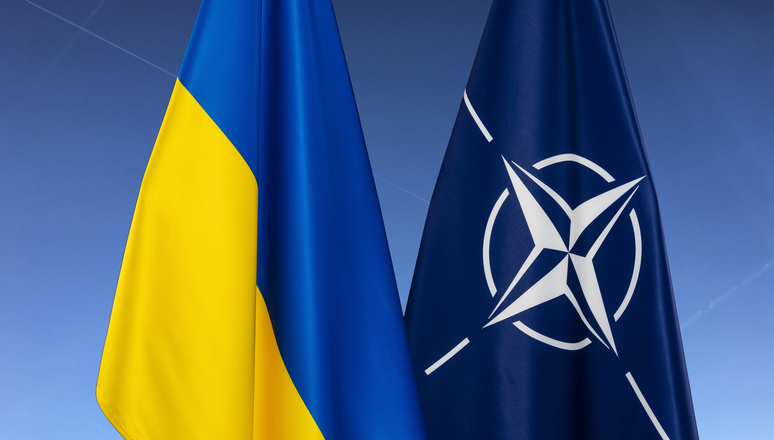mofotechblog.com – The ongoing crisis in Ukraine has put NATO’s resolve to the test. Since Russia’s invasion in February 2022, NATO has been at the forefront of the international response, balancing support for Ukraine with the need to avoid direct conflict with Russia. This article explores NATO’s multifaceted approach to the crisis, examining its military, diplomatic, and humanitarian efforts.
Military Support and Deterrence
NATO’s response to the Ukraine crisis has been characterized by a robust military presence and support for Ukraine’s defense. The alliance has bolstered its eastern flank, placing tens of thousands of troops under direct NATO command, along with significant air and naval assets, to protect against Russian aggression. This move is part of NATO’s broader strategy to strengthen collective defense and deter further Russian expansion.
Emergency Summits and Strategic Decisions
In the immediate aftermath of the invasion, NATO convened emergency summits to discuss the situation and coordinate a unified response. These meetings have been crucial in maintaining NATO’s cohesion and ensuring a consistent approach to the crisis. The alliance has also increased its military presence in the region, with member states providing critical support to Ukraine, including weapons, ammunition, and other military equipment.
Diplomatic Efforts and Sanctions
NATO’s diplomatic efforts have been equally significant. The alliance has consistently called on Russia to cease its aggression and withdraw its forces from Ukraine. NATO leaders have also condemned Russia’s actions and supported Ukraine’s right to self-defense. Additionally, NATO has worked closely with the United States and other international partners to impose severe economic sanctions on Russia, aiming to isolate the country economically and pressure it to change its course.
Article 5 and Collective Defense
The invocation of Article 5, the collective defense clause of the NATO treaty, has been a topic of discussion. While NATO has not formally invoked Article 5, the principle of collective defense remains a cornerstone of the alliance’s response. NATO’s commitment to defending every inch of its territory underscores its determination to protect its members from external threats.
Humanitarian and Long-term Support
Beyond military and diplomatic actions, NATO has also been involved in providing humanitarian aid and long-term support to Ukraine. The alliance has facilitated the delivery of essential supplies and medical assistance to Ukrainian civilians affected by the conflict. Additionally, NATO has been working on long-term strategies to support Ukraine’s reconstruction and recovery efforts once the conflict subsides.
Strengthening NATO’s Identity and Norms
The crisis has prompted NATO to rethink its force posture and adapt to new security challenges. The alliance is reevaluating its norms and identity to better address the complexities of modern warfare and the evolving nature of threats. This includes enhancing its capabilities to respond to hybrid warfare and cyber threats, which have been significant components of Russia’s strategy in Ukraine.
Conclusion
NATO’s response to the Ukraine crisis has been a comprehensive effort that combines military deterrence, diplomatic pressure, and humanitarian support. The alliance’s unity and resolve have been critical in maintaining a strong stance against Russian aggression while avoiding direct conflict. As the situation continues to evolve, NATO’s ability to adapt and respond effectively will be crucial in shaping the outcome of the crisis and ensuring the security of its member states.
